Android 获取子 View 的位置及坐标的方式 (1),Android 入门视频教程
View 的构造函数有四个,具体如下所示:
public View(Context context) {
}
public View(Context context, @Nullable AttributeSet attrs) {
this(context, attrs, 0);
}
public View(Context context, @Nullable AttributeSet attrs, int defStyleAttr) {
this(context, attrs, defStyleAttr, 0);
}
public View(Context context, @Nullable AttributeSet attrs, int defStyleAttr, int defStyleRes) {
}
源码中 View 的构造函数
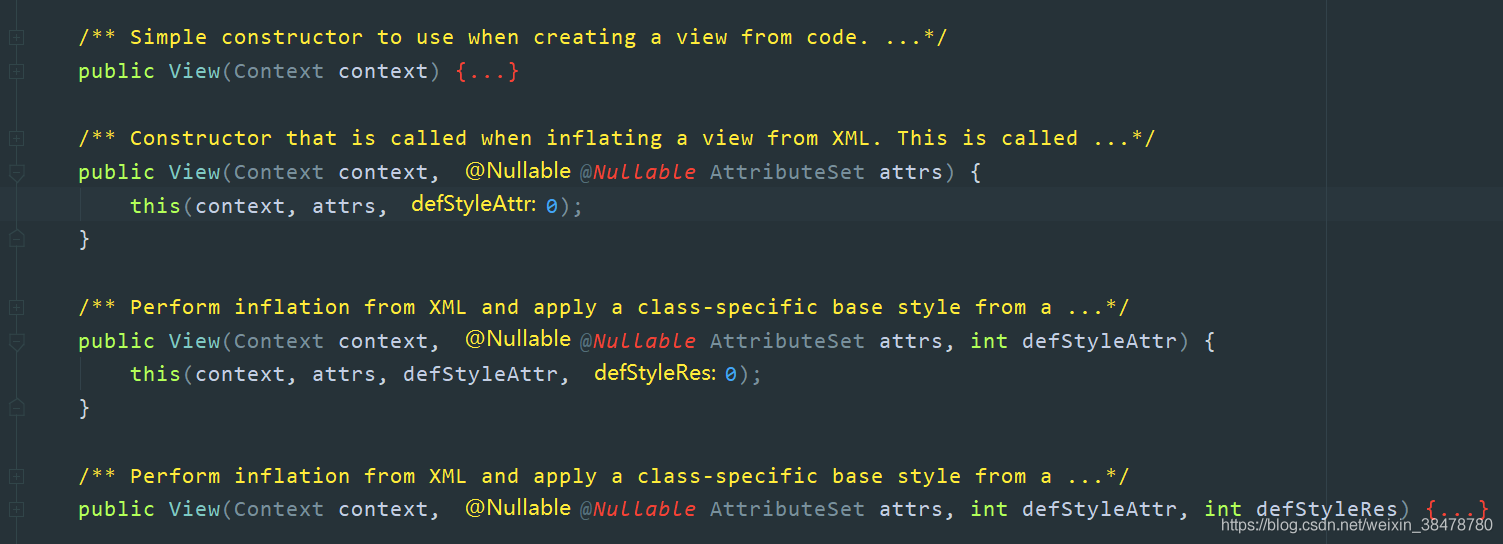
通过源码的注释我们可以看出:
如果 View 是在 Java 代码里面 new 的,则调用第一个构造函数–>View(Context);
如果 View 是在 xml 里声明的,则调用第二个构造函数–>View(Context, AttributeSet)。
===================================================================
========
Android 坐标系和数学上的坐标系是不一样的,定义如下:
屏幕的左上角为坐标原点。
向右为 x 轴增大方向。
向下为 y 轴增大方向。
具体如下图所示:
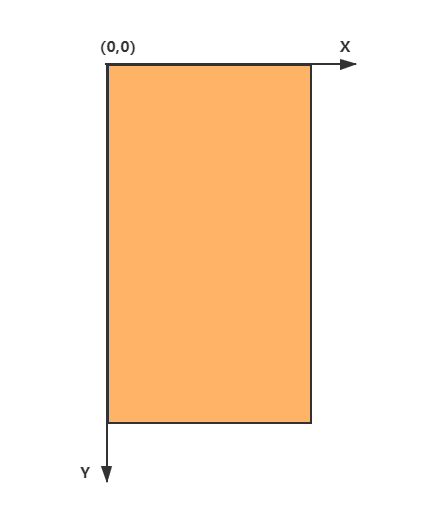
========================================================================
View 的位置是相对于父控件而言的,由 4 个顶点确定,如下图 A、B、C、D 所示:
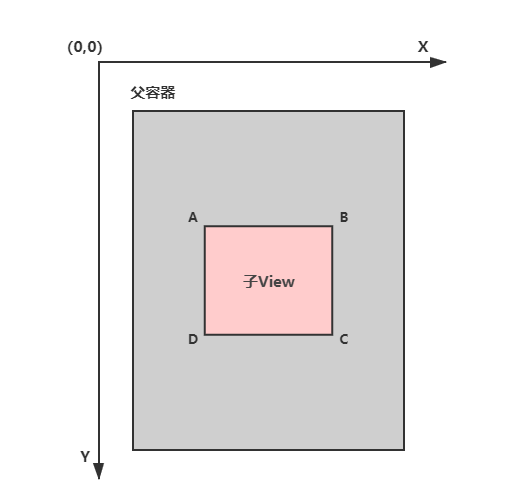
确定 View 的位置有四个参数,分别是 Top、Bottom、Left、Right:
Top:子 View 左上角距父 View 顶部的距离。
Left:子 View 左上角距父 View 左侧的距离。
Bottom:子 View 右下角距父 View 顶部的距离。
Right:子 View 右下角距父 View 左侧的距离
具体如下图所示:
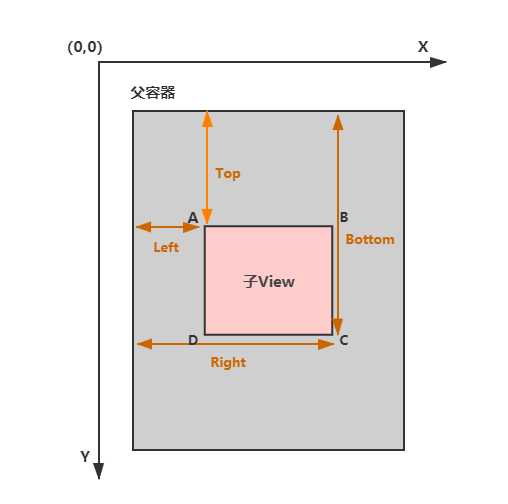
=============================================================================
View 的位置是通过 getTop()、getLeft()、getBottom()、getRight() 函数进行获取的。
这里我写了一个小例子来演示这四个方法,如下所示:(获取内部子 View 的位置)
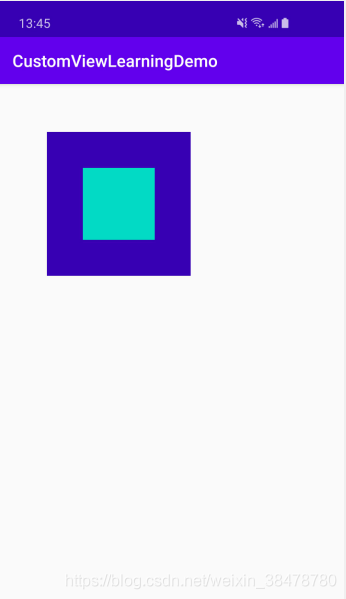
因为是为了演示 View 的位置,所有我这里用绝对布局,并且大小的单位都是用 px,具体布局如下所示:
<?xml version="1.0" encoding="utf-8"?>
<AbsoluteLayout xmlns:android="http://schemas.android.com/apk/res/android"
xmlns:app="http://schemas.android.com/apk/res-auto"
xmlns:tools="http://schemas.android.com/tools"
android:layout_width="match_parent"
android:layout_height="match_parent"
tools:context=".MainActivity">
<RelativeLayout
android:id="@+id/rl_1"
android:layout_width="600px"
android:layout_height="600px"
android:layout_x="200px"
android:layout_y="200px"
android:background="@color/colorPrimaryDark">
<View
android:id="@+id/view"
android:layout_width="300px"
android:layout_height="300px"
android:layout_centerInParent="true"
android:background="@color/colorAccent" />
</RelativeLayout>
</AbsoluteLayout>
我们现在用四个方法来获取一下 View 的位置,具体代码如下所示:












评论